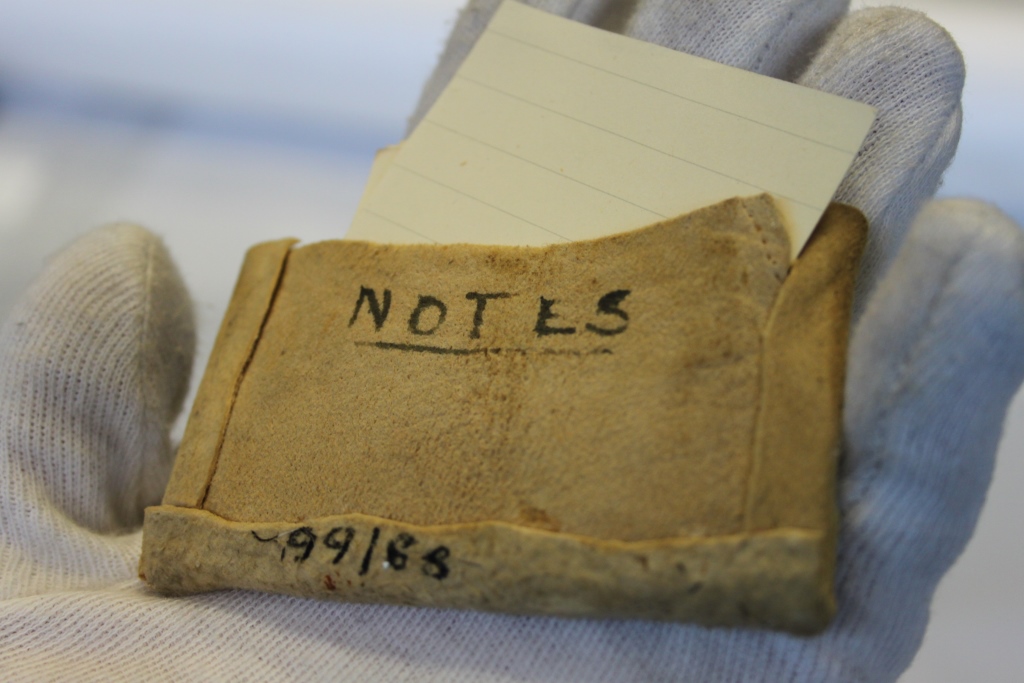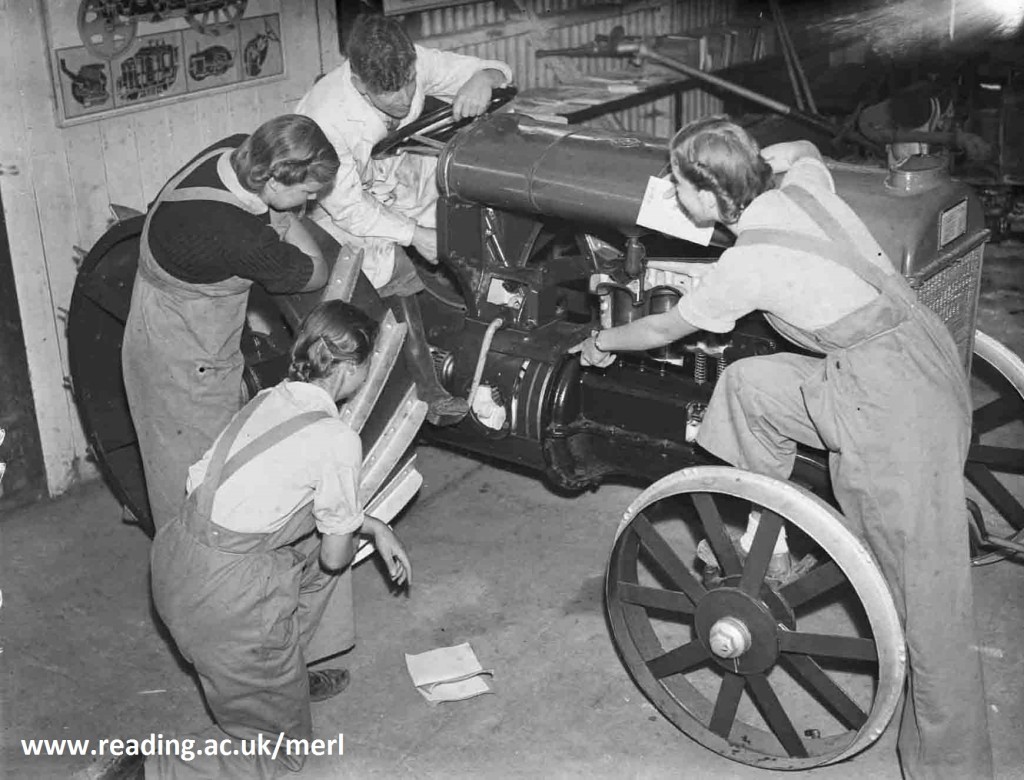To celebrate International Women’s Day, University of Reading student Dylan Doran has been exploring the collection of Women’s Land Army objects here at the Museum.
The Women’s Land Army (WLA) was created in 1915 to help farmers cope with the shortage of male labour as a result of the First World War. It was brought back into action for the Second World War, at first on a voluntary basis before conscription was enforced. Although many women in the WLA already lived in the countryside, many came from urban centres.
The 20th century saw great strides in equality of the sexes, and one of the ways in which British women made further steps towards emancipation is undoubtedly their efforts in the Women’s Land Army. Skeptics did not believe that women would be suited to the hard labour involved in farmwork, but the Army of 65,000 Land Girls went on to produce the majority of Britain’s food by 1943, happily proved the critics wrong.
The women took to farmwork with speed and skill. This Golden arm-band was awarded by the Queen herself to a Land Girl for her impressive years of service, having joined up from the Land Army’s beginning – when she was only sixteen years of age – and stayed working on the land until the Women’s Land Army disbanded.




